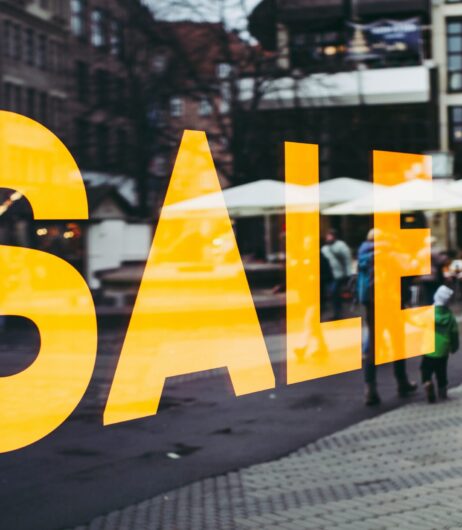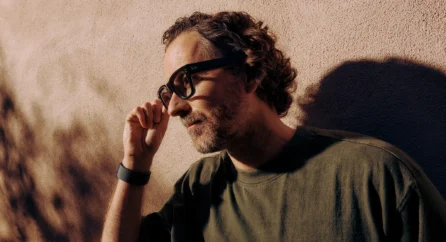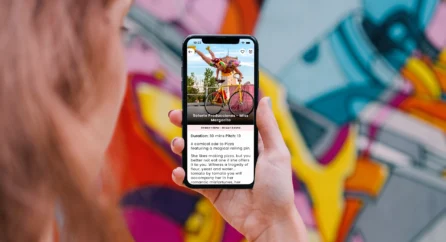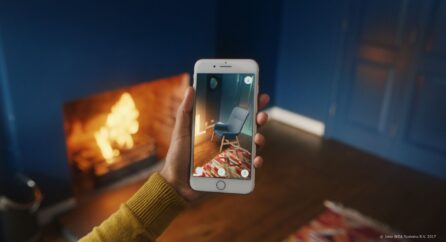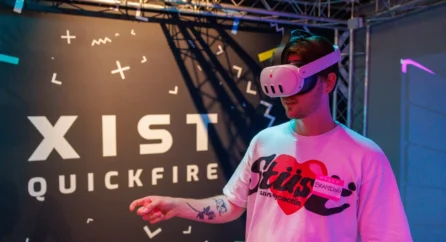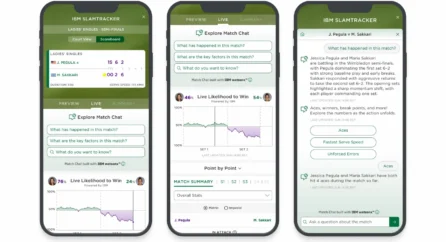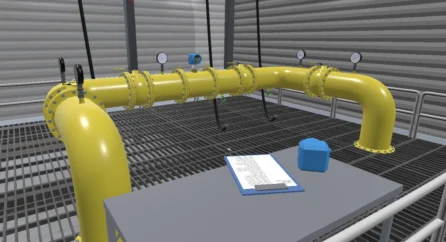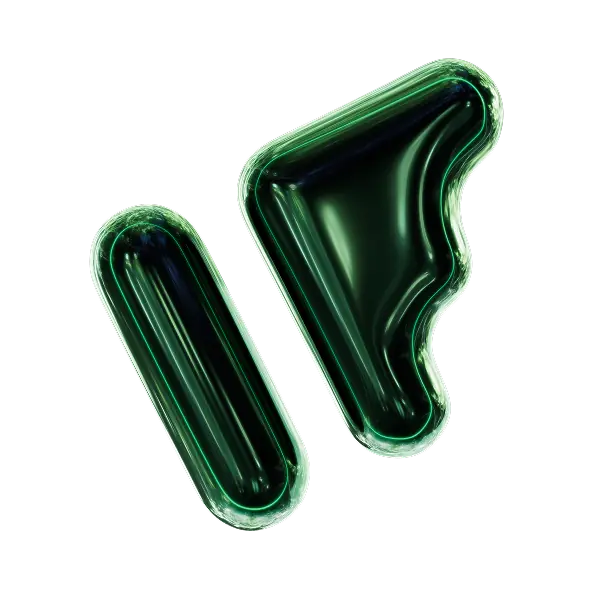Home Knowledge Base 3D asset creation is transforming virtual travel and experiences
3D asset creation is transforming virtual travel and experiences
25th August 2020

Virtual travel and experiences are booming. Photogrammetry and lidar allow realistic 3D recreations of locations, enabling VR property viewings, film scouting, and immersive simulations. Benefits include cost savings, sustainability, and Covid-safe solutions.
The rise of virtual alternatives
The Covid-19 pandemic reshaped how we travel and interact. Even short local journeys were treated with caution, while social distancing transformed our interaction with people and environments. As a result, virtual alternatives to physical activities surged – from viewing homes and hosting events to location scouting and filming.
To make these experiences work, visuals must be lifelike. This is where highly accurate 3D assets become essential.
Creating virtual copies of real places
A BBC report from 2020 noted that VR property viewings tripled during the first month of lockdown. This trend continues across sectors. With travel restricted and lockdowns unpredictable, businesses have embraced virtual solutions.
Whether it’s location scouting, training simulations, or immersive experiences, realistic 3D environments are increasingly the best solution. Advances in photogrammetry and laser scanning have made these tools more accessible than ever, opening doors for both professional and amateur creators.
Using photogrammetry to build 3D models
Photogrammetry involves capturing hundreds of photos of an object or environment and using software such as Reality Capture to generate a ‘point cloud’ that forms a 3D model.
Benefits:
- Captures large-scale, high-quality environments quickly
- Useful for heritage projects, film sets, and event planning
- Cost-effective, sustainable, and Covid-safe
For example, we used photogrammetry to model Elm Hill in Norwich, Norfolk, for a heritage project. This same technology can recreate locations for virtual scouting, avoiding the need for initial travel while allowing clients to view spaces online or via VR.
Making the most of lidar scanning
Lidar (light detection and ranging) uses laser light to measure distances and create 3D representations of spaces or objects. While previously expensive and specialist, modern devices like the iPad Pro now include built-in lidar scanners.
Applications include:
- Creating game environments with accurate scale and obstacle placement
- Generating virtual property tours directly from consumer devices
- Supporting architecture, historical preservation, and immersive training
Why going virtual matters
In the past five years, 3D asset creation has evolved from flat 360º images to highly detailed 3D scans from everyday devices. Virtual technology now offers:
-
Cost savings: Avoid repeated travel and logistics costs
-
Sustainability: Reduce carbon footprint by moving to virtual alternatives
-
Safety: Limit exposure during pandemics while maintaining realistic experiences
Valuable sectors include real estate, film, gaming, architecture, and heritage projects. As Covid-19 reshapes our approach to travel and interaction, accurate 3D assets are becoming a cornerstone of a new digital normal.
Key takeaway
Virtual experiences powered by photogrammetry and lidar aren’t just a temporary solution – they represent the future of travel, training, and immersive experiences. By combining realism, accessibility, and efficiency, 3D asset creation is helping businesses adapt and thrive in a post-pandemic world.
Related posts

